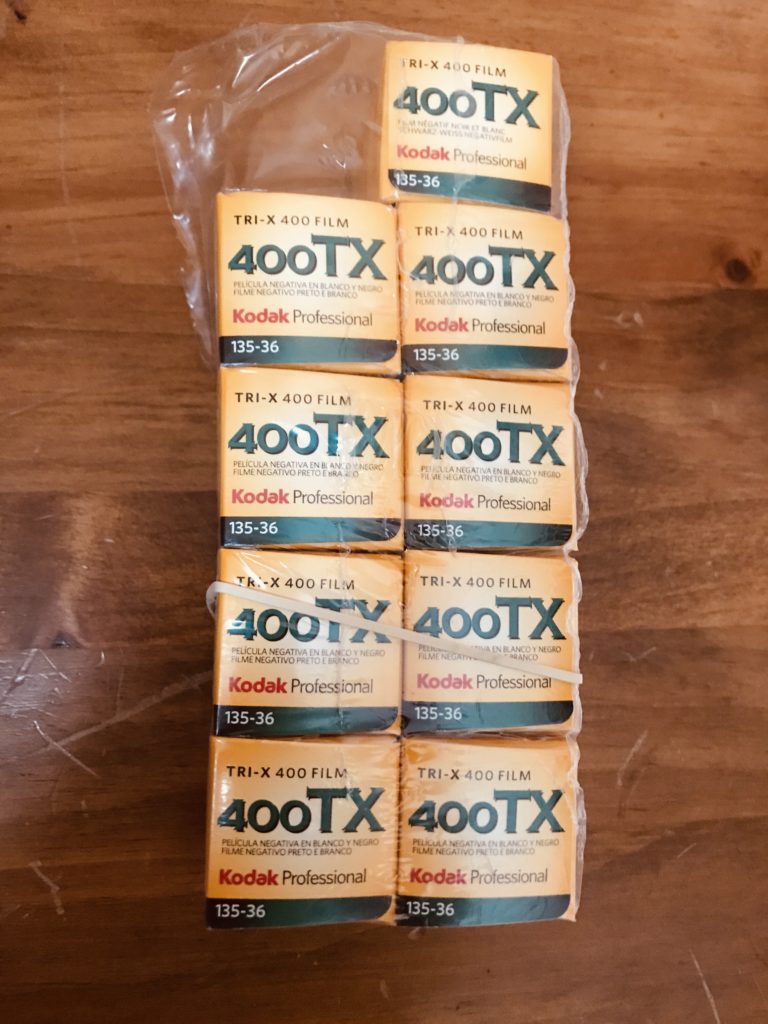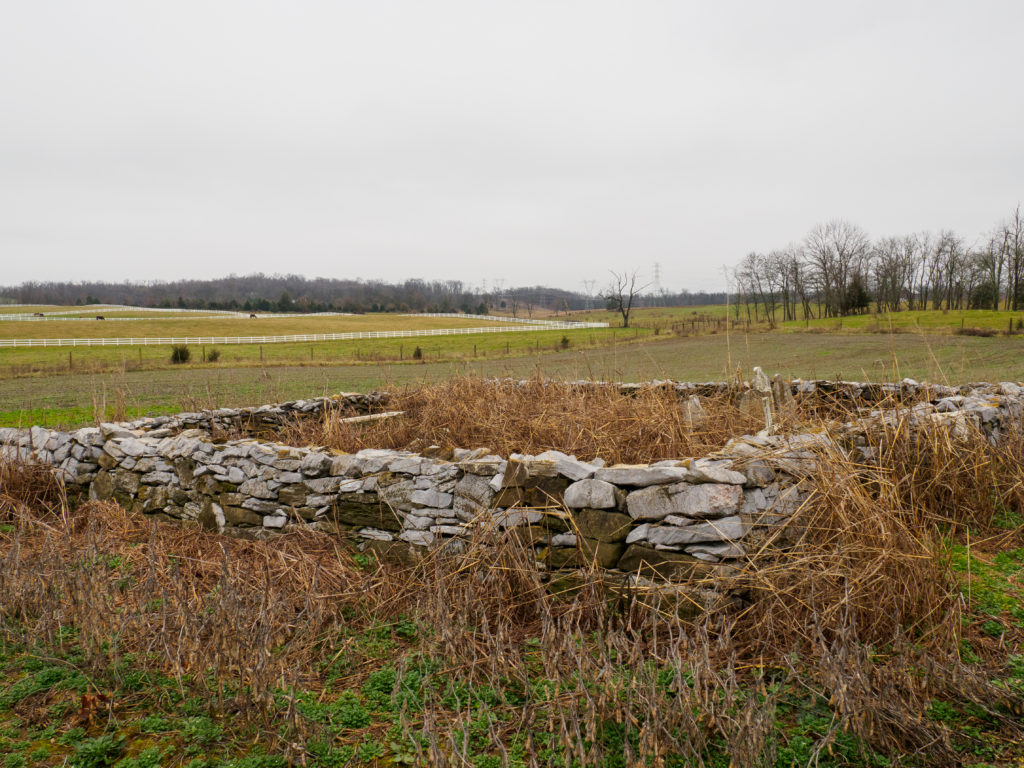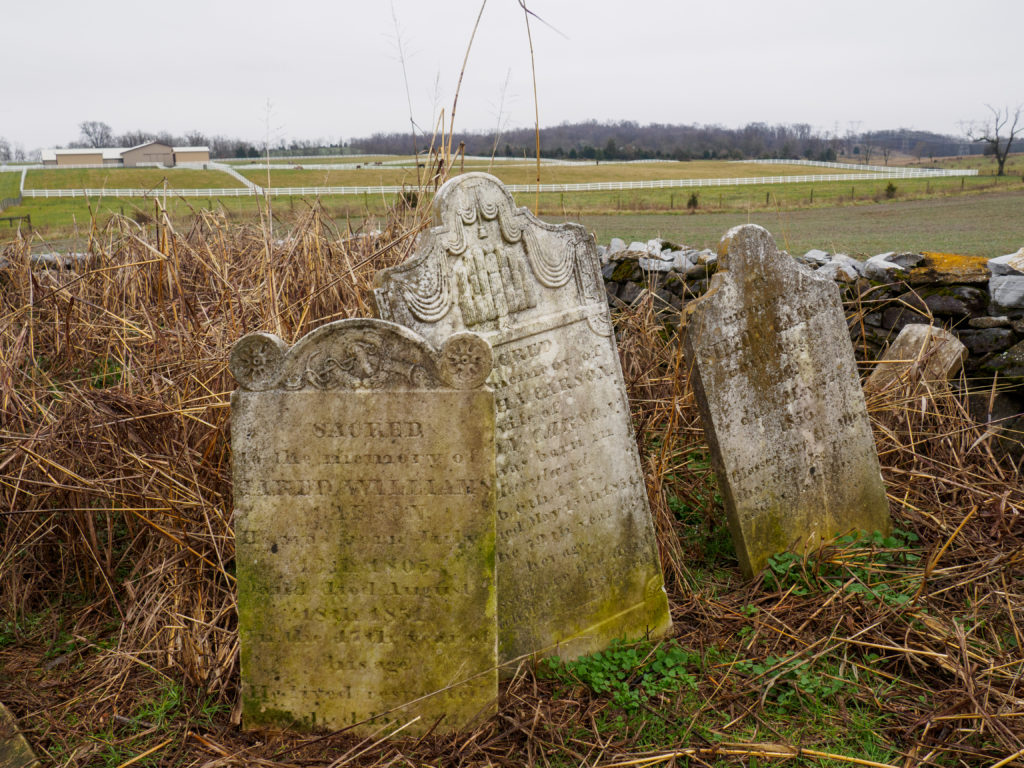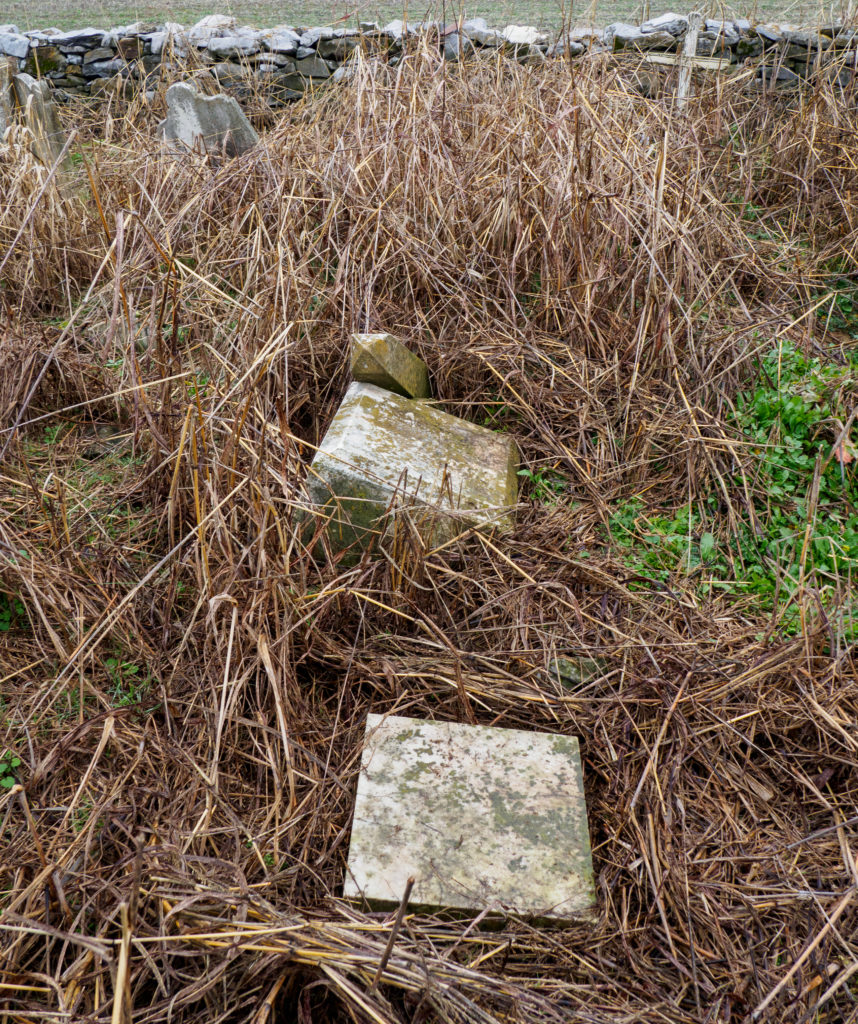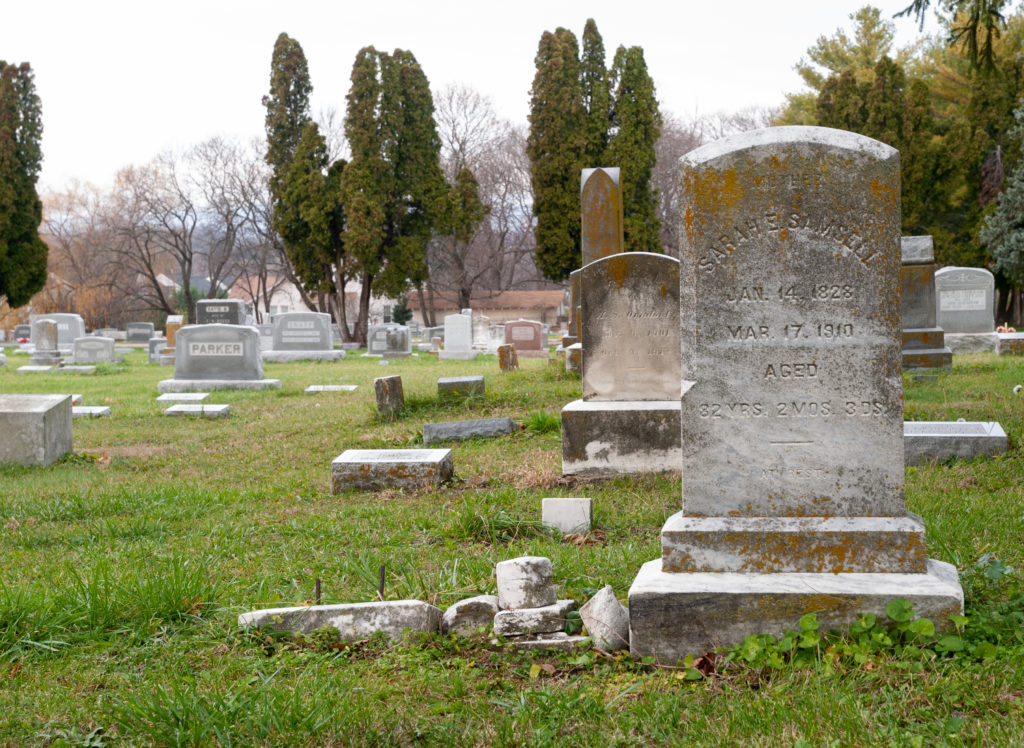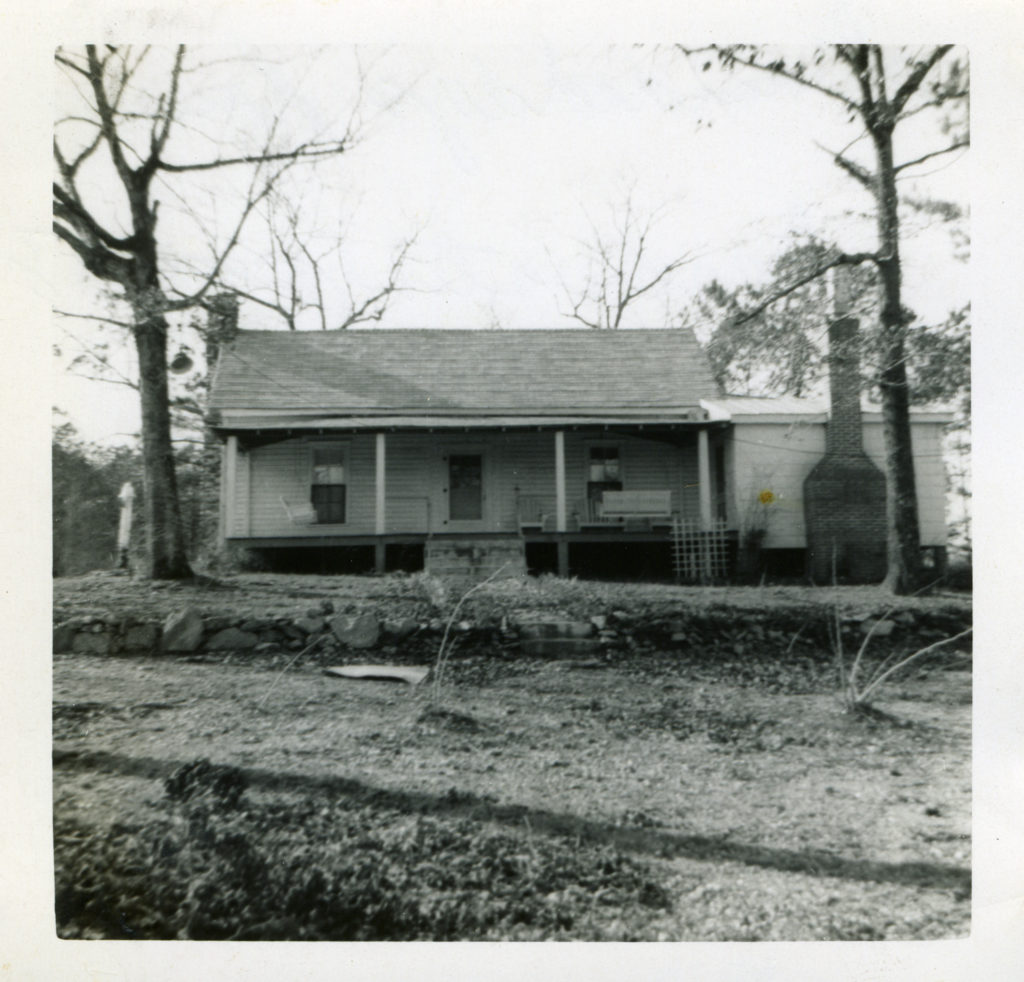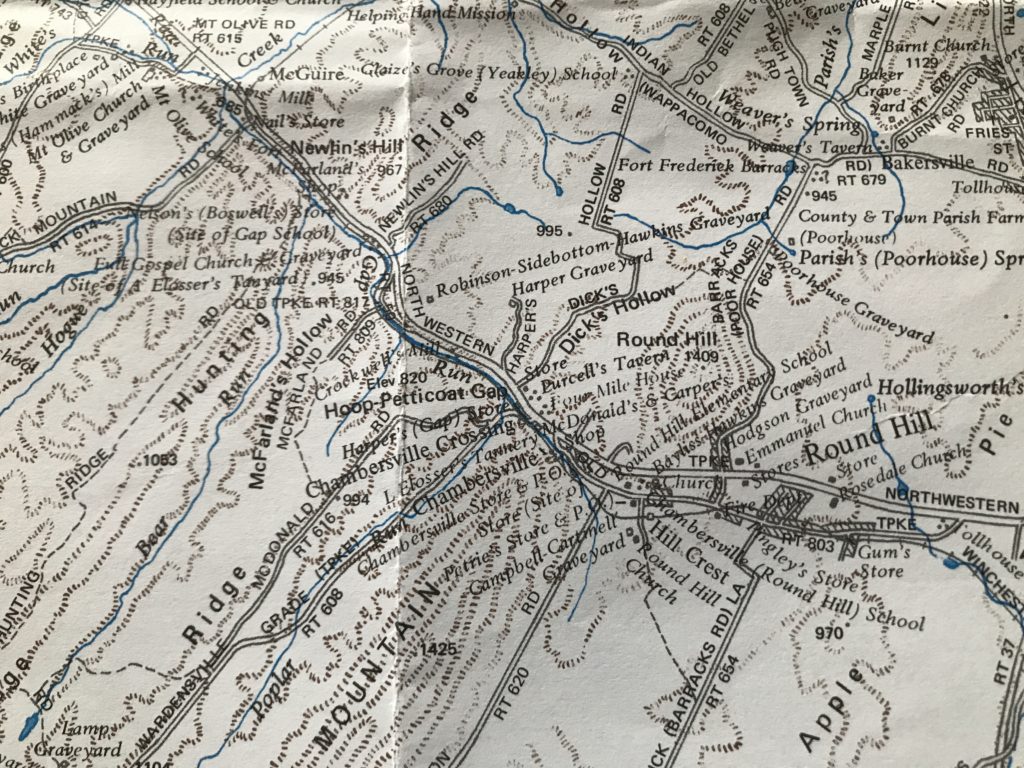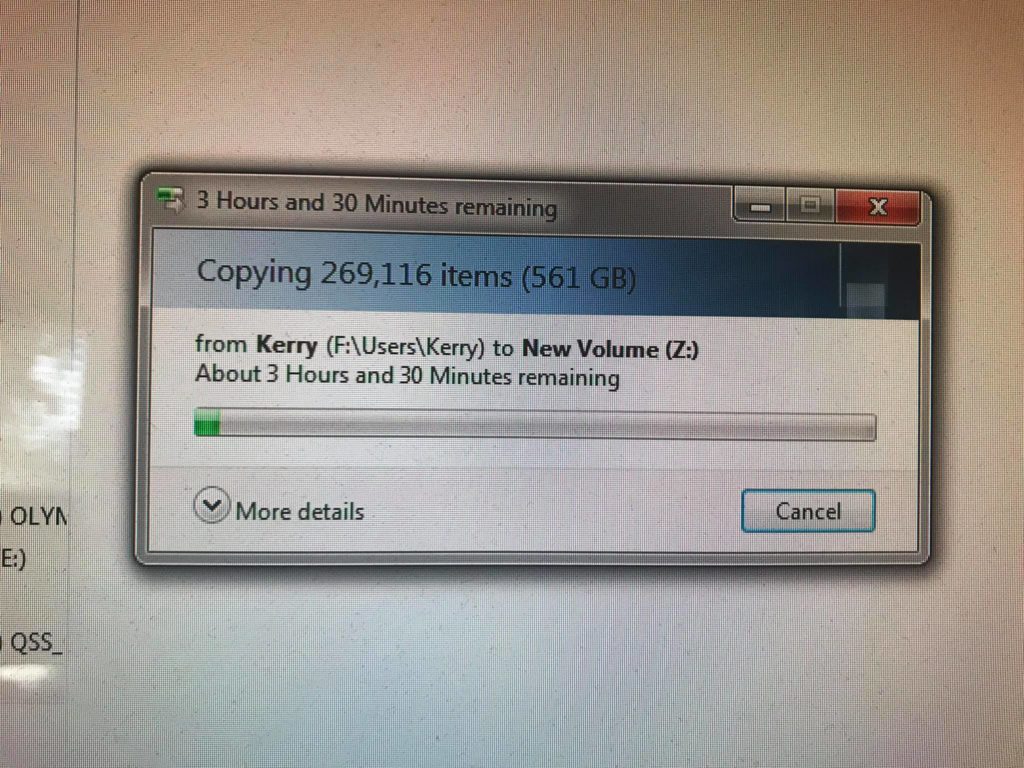Clarke County, Virginia (gone)
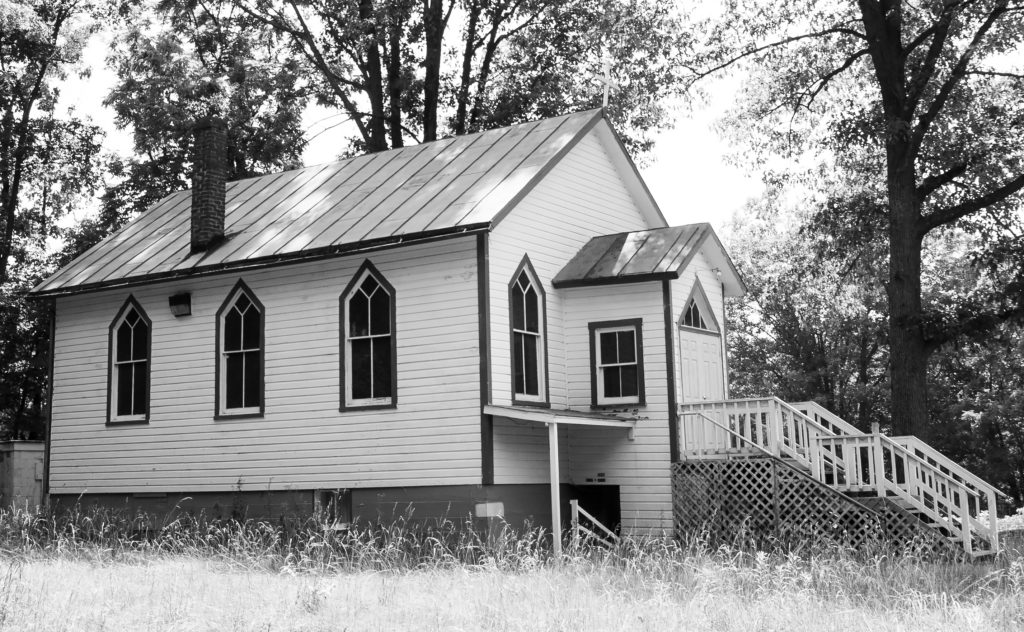
I photographed this church in 2006. At the time, I had no idea what kind of church it had been, or how long it had been vacant.
My photos, taken with my first digital SLR, weren’t the best. I had plans to someday go back and take better photos. Unfortunately, I never got the chance.
According to a February 14, 2017 article in The Winchester Star, the area where the church stood was home to an African American community that was started in 1869 with the purchase of land by a black man, Brister Holmes. The community was known by variations of his name: Brister, Bristoe, and Bristow Station. A school was built in 1883 (which is gone), and this particular church was built in vernacular Gothic Revival style in the 1920s (NRHP). The Bristow Community is part of the Long Marsh Run Historic District, recognized in 1996, which includes several hundred historic structures and three other African American communities.
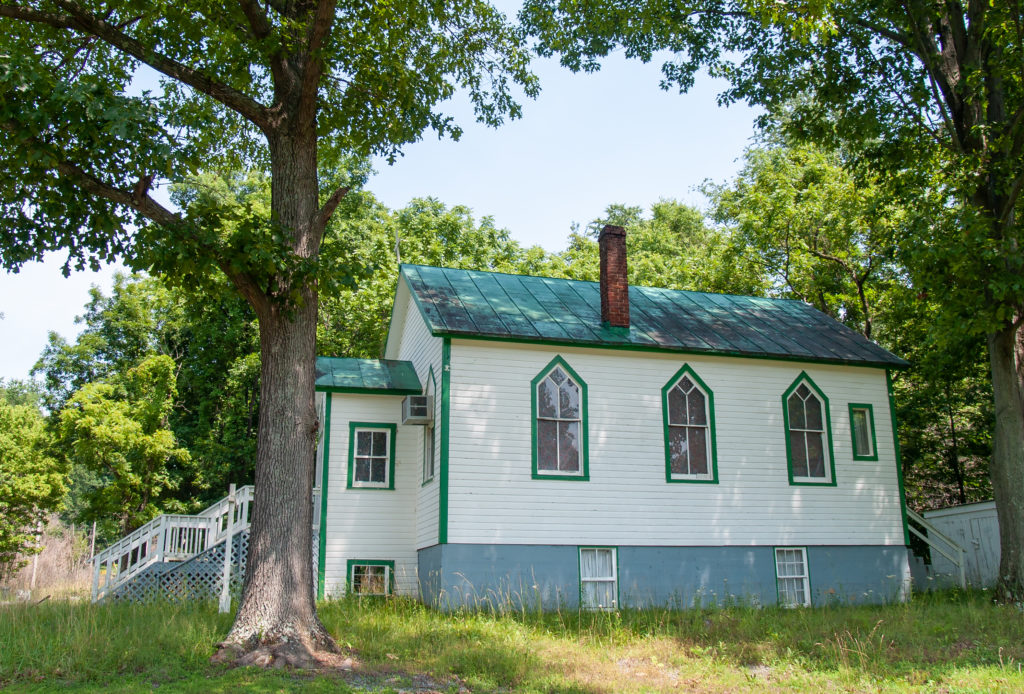
In 2016, according to the Star, the developer who owned the property offered to give it to anyone who was interested and could move it. No one took him up on the offer, and the church was torn down in January of 2017. A 2018 article in the Star reported that the windows and other pieces of the church were salvaged by a local shop, and one of the windows was purchased by a couple who bought one of the subdivided lots on the land where the church once stood. They planned to install the window in their new home, and lead an effort to get a historical marker installed to commemorate the church and community.
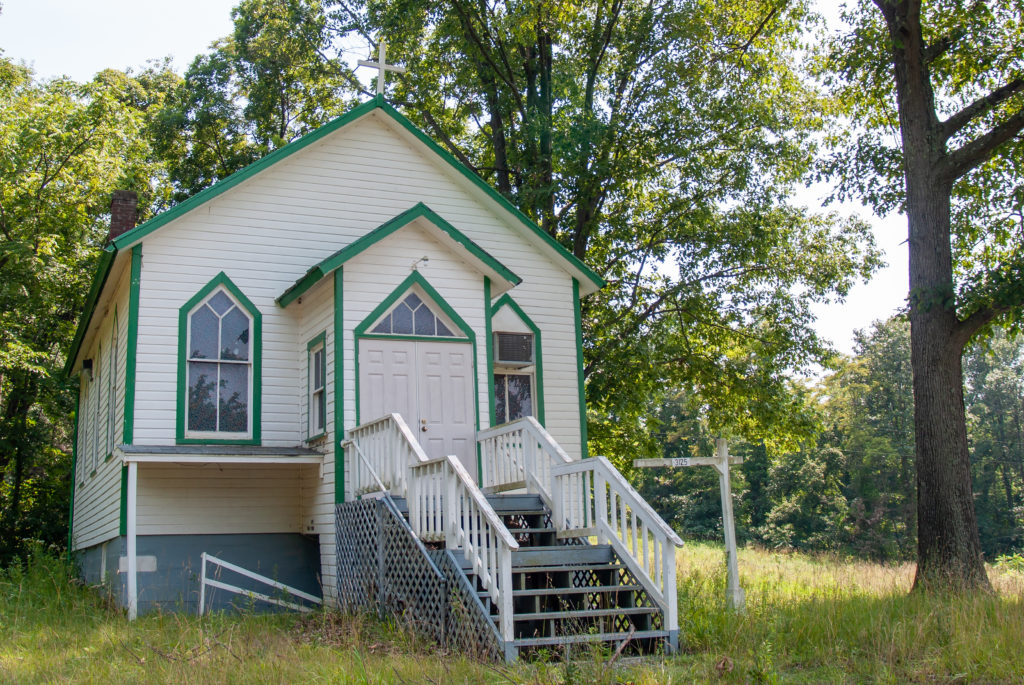
People who lived in Bristow survived the horror of slavery, went on to own property, built schools and churches, and against all the huge challenges they faced in post-slavery rural Virginia, created a community.
I drove by where the church was today. There is no marker. There is only a swath of green lawn (and a modern house up the hill), with nothing whatsoever to mark where a community that was once an important part of Clarke County history stood.
AWESOME update! September 2020
The historical marker for Bristow has been approved, according to the Winchester Star! After efforts by the new landowners and the local architectural historian, about half the money for the marker has been raised as of August 31.
AWESOME update 2!
Enough donations were made to cover the cost of the marker and the non-profit that accepted donations actually had to return some because the cost was already covered! The marker will be installed sometime in 2021.



